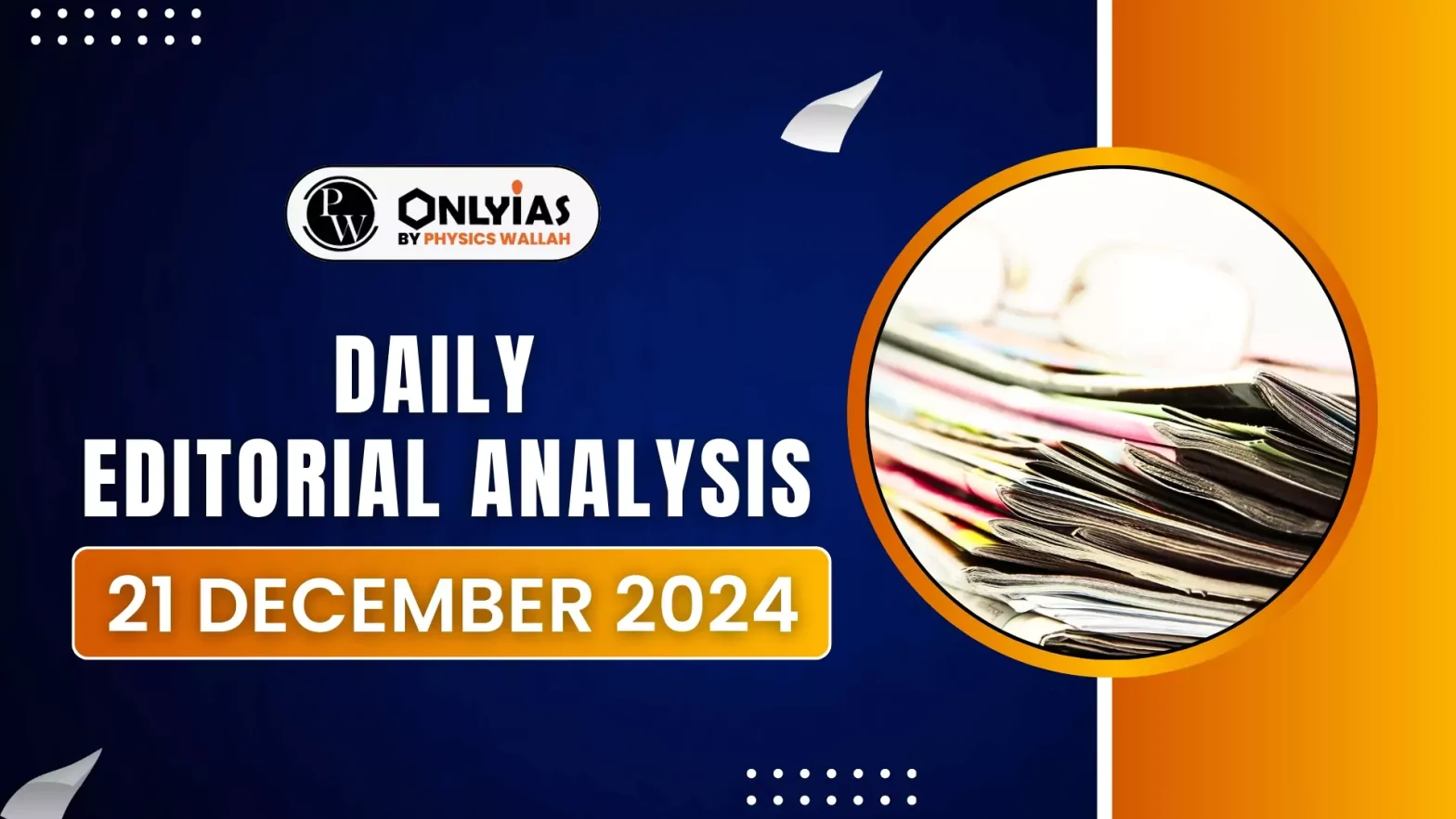Despite retracting controversial farm laws, agricultural reforms are gaining momentum, largely through the Digital India initiative.
- A key component, the Agristack project, has created over 3.7 million farmer IDs to streamline access to government services and improve market efficiency.
Agristack
- AgriStack is designed as a farmer-centric Digital Public Infrastructure (DPI) to streamline services and scheme delivery to farmers. It comprises three key components:
- Farmers’ Registry
- Geo-referenced village maps
- Crop Sown Registry
- Farmer ID: A crucial feature of AgriStack is the introduction of a ‘Farmer ID’, similar to Aadhaar card, serving as a digital identity for farmers.
- These IDs, created and maintained by the State Governments/ Union Territories, will be linked to various farmer-related data, including land records, livestock ownership, crops sown, and benefits availed.

|
Enroll now for UPSC Online Course
Agricultural Marketing Reforms
- National Policy Framework for Agricultural Marketing: The Union Ministry of Agriculture and Farmers’ Welfare has drafted a National Policy Framework for Agricultural Marketing, which envisions a uniform pan-Indian framework to facilitate barrier-free trade in agricultural produce.
- Aim: This framework aims to provide farmers with more accessible markets, enabling them to sell their produce to the highest bidder, regardless of location.
- For Instance: A farmer from Jhansi (UP) checks the e-NAM platform, finds a buyer from MP, and can now sell the produce directly, without intermediaries.
e-NAM and Challenges
- E-NAM: Electronic National Agriculture Market (e-NAM) was launched in 2016 to digitize and streamline agricultural markets.
- Aim: The goal was to create an online platform that allows farmers to secure competitive prices for their produce through transparent online bidding, thereby reducing the influence of middlemen and providing fair pricing.
- One Nation, One Market: However, despite these efforts, the realization of a “One Nation, One Market” remains a distant goal.
- Fragmentation of Markets: Trade in agricultural produce is still primarily confined within state borders, and inter-state trade remains limited.
- The lack of uniformity across states has hindered the creation of a national market where farmers can freely sell their produce to buyers across the country.
- State-Level Integration: As of now, only about 1,400 markets out of an estimated 7,000 across 27 states and Union Territories have been integrated with e-NAM. These markets facilitate online trading of 219 agricultural commodities.
- Private E-Trading Platforms: However, some states have been slow to adopt e-NAM, and only a few have allowed the operation of private e-trading platforms within their Agricultural Produce Market Committee (APMC) markets.
| Private e-trading platforms, such as those created by companies like Reliance and ITC, allow farmers to sell their produce directly, bypassing intermediaries. |
Check Out UPSC NCERT Textbooks From PW Store
- Moving Beyond APMC Markets: To scale up and create a more unified agricultural market, the draft framework calls for a competitive ecosystem. This would include:
- Multiple e-Trading Platforms: The establishment of various e-trading platforms, including private sector-operated ones, to complement e-NAM and provide more options for buyers and sellers.
- Diversifying Beyond APMC Markets: Encouraging the operation of private markets and platforms beyond the traditional APMC setup to increase competition and improve market efficiency.
Agricultural Produce Market Committee (APMC)
- APMC Act: The Model Agricultural Produce Market Committee (APMC) Act of 2003 is a law designed to regulate the buying and selling of agricultural produce in India. This act serves as a framework for establishing market committees at the state level, known as APMCs.
- What is APMC?: APMC refers to a statutory body established by state governments in India to regulate and oversee the marketing and trade of agricultural produce within designated market areas.
- Major Criticism: One of the major criticisms of the APMC Act is that it often leads to the creation of monopolies within APMC markets.
- This can result in limited competition among buyers, which may lead to lower prices for farmers’ produce.
- Additionally, intermediaries known as commission agents can exploit farmers by charging high commissions.
|
Proposals for State-Level Reforms
- Agriculture a State Subject: Given that agricultural marketing is a state subject (Entry 28 of List-II) under the Indian Constitution, the need for a collaborative approach between the Centre and the states is paramount.
- Several proposals have been put forward to improve agricultural marketing across India:
- Ease of Doing Agri-Trade Index: The introduction of a quarterly “Ease of Doing Agri-Trade” index to foster healthy competition among states.
- Empowered Agricultural Marketing Reforms Committee: A proposed committee of state agricultural marketing ministers could be set up, modeled after the GST empowered committee.
- This committee would focus on pushing states to adopt necessary reforms, update APMC Acts, notify rules, and work towards creating a more unified agricultural market.
Enroll now for UPSC Online Classes
Conclusion
The collaborative approach between the Centre and states signals a positive shift toward more uniform and accessible markets for farmers. However, it remains to be seen whether these reforms can address the complex challenges of India’s fragmented agricultural sector and provide lasting benefits to the country’s farmers.
![]() 21 Dec 2024
21 Dec 2024


